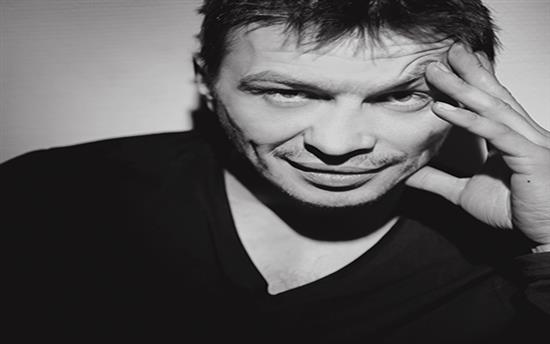
A deviation of the nose may occur due to trauma or as a natural facial trait. Either the bone or the cartilage, or often both, can become deviated. When this occurs, it throws off the rest of the facial balance, often making the face look less attractive overall.
What causes a crooked or deviated nose?
The deviation may be the result of subtle asymmetries such as minor depressions or elevations of the bone or cartilage. If these occur, only one side of the nose then this gives rise to the visual appearance of a deviation or ‘crooked’ appearance.
The deviation may be due to the nasal bones being out of alignment and this often occurs following trauma and nasal fractures. The bony deviation may occur on its own or combined with a deviation of the septum (septal cartilage). Both these factors need to be carefully analysed prior to surgery and an appropriate plan made for surgery which will address these problems.
It may be due to the septum (the cartilage between the left and right nasal airway) being deviated. This could occur due to a curve in the central portion of the septum or it can result from the lowermost portion at the tip of the nose being off centre giving the appearance that the tip of the nose is off to one side.
Open or closed rhinoplasty procedure?
A rhinoplasty for a crooked nose is usually performed as an open approach. The reason for this is that the surgeon needs good visibility of various elements that are causing the deviation. During an open procedure, an incision is made externally on the nose, on the columella (the skin bridge that separates the nostrils). From there, the skin is lifted in order to expose the bone, tissue and cartilage of the nose.
To correct a deviated or crooked bridge of the nose, the bones will be straightened during the procedure. Often the septum deviates and this will need to be straightened. A cartilage graft is often needed and this is obtained from the septum. The purpose of the graft is to bolster straight the septum and to fill in any depressions causing visible asymmetry. Very occasionally a cartilage graft may be needed from the ear which will leave a concealed scar in the crease behind the ear.
What anaesthetic is required?
Rhinoplasty surgery is performed under general anaesthetic. The procedure itself takes around two hours but one has to remember that this form of rhinoplasty is more complex and it can, therefore, take even longer than 2 hours. This is especially the case if grafts are needed during the surgery.
What is the recovery?
You will need to stay in the hospital overnight. There will be packs inside the nose which are removed the next morning. A cast on the nose is kept in place for 1 week to keep the nose in its new position during the early stage of healing. Mr Chana uses extremely fine dissolvable stitches and therefore no stitches need to be removed.
There is hardly any pain following the surgery, but bruising is present for approximately two weeks. Swelling tends to be present in the first two weeks, too, but then tends to subside gradually. You should refrain from heavy exercise for 6 weeks after which you can return to full activity. There may be some very minor swelling which can last for a few months and it can often take 6 to 9 months for the tissue to settle before you can see the final result.
What results to expect following surgery?
This form of rhinoplasty is quite complex and it has to be stressed that perfect symmetry is not possible. Although a major correction is achievable there may be residual minor asymmetry. In some situations where individuals have severe deviations of the nose only an improvement can be achieved but usually, this improvement is very significant. Mr. Chana will give you a realistic expectation of the likely result that can be achieved during the consultation prior to surgery.
Consultation
It is important to have a thorough consultation before any plastic surgery, but for something as integral to the facial structure as the nose, it is absolutely imperative.
